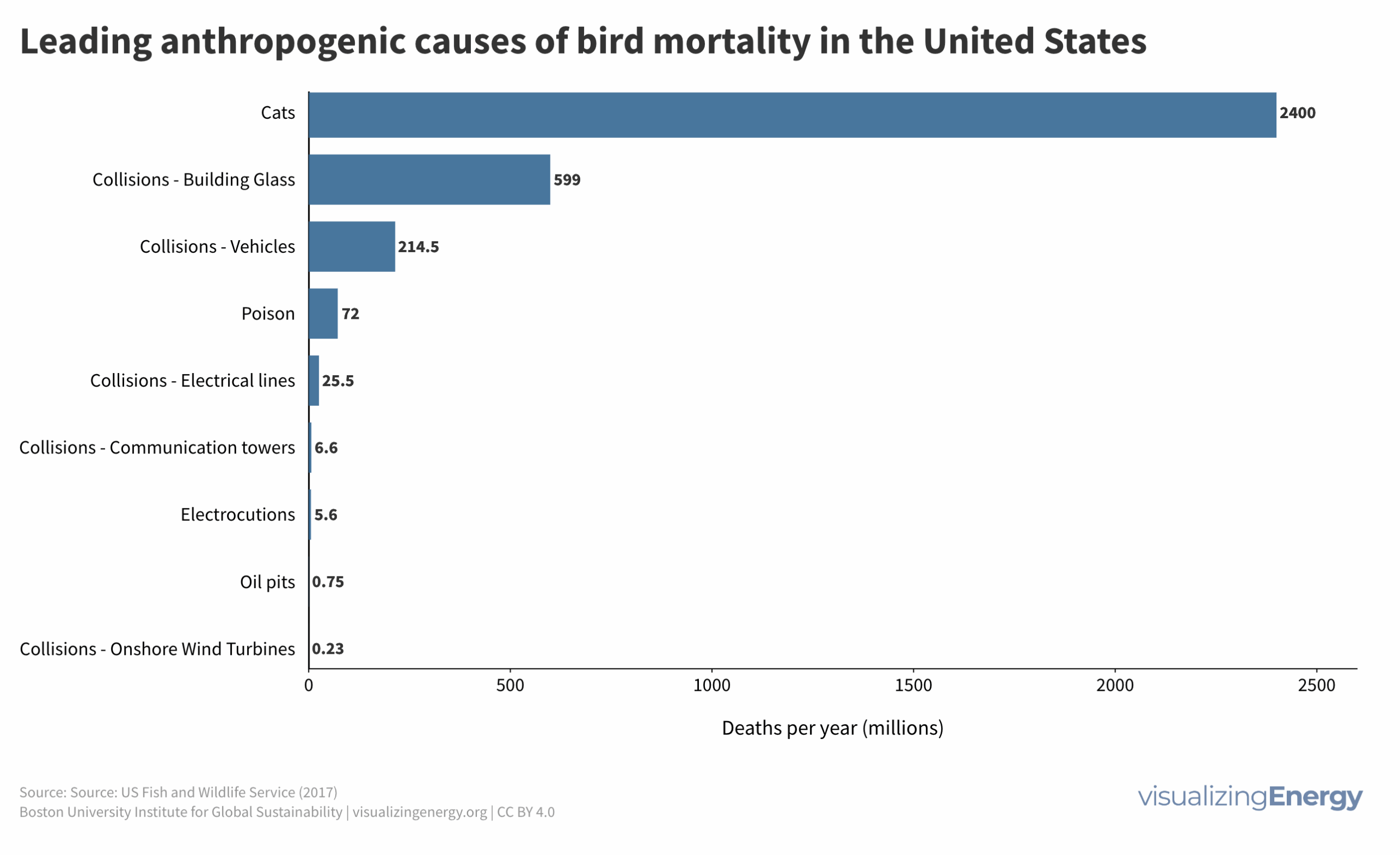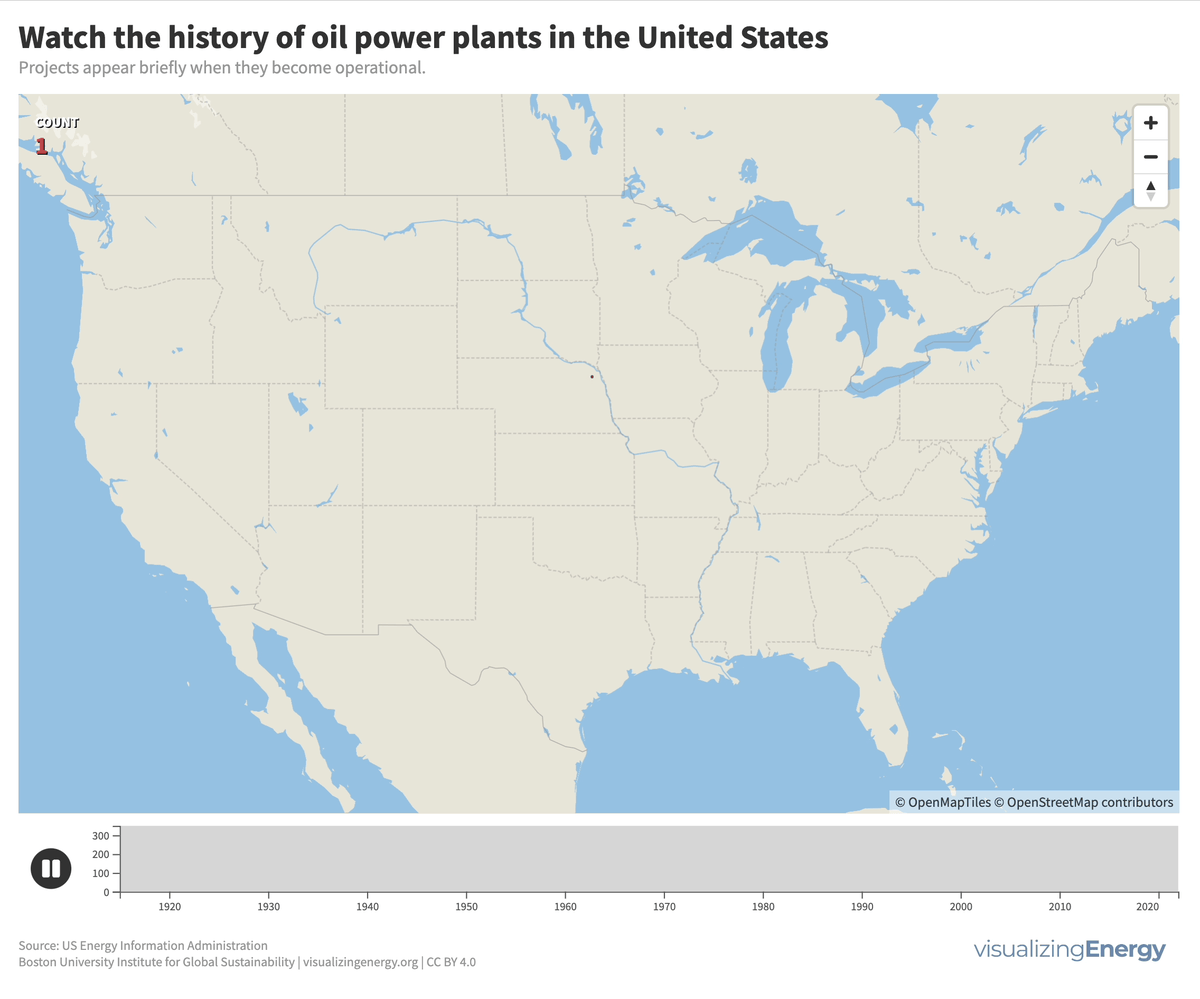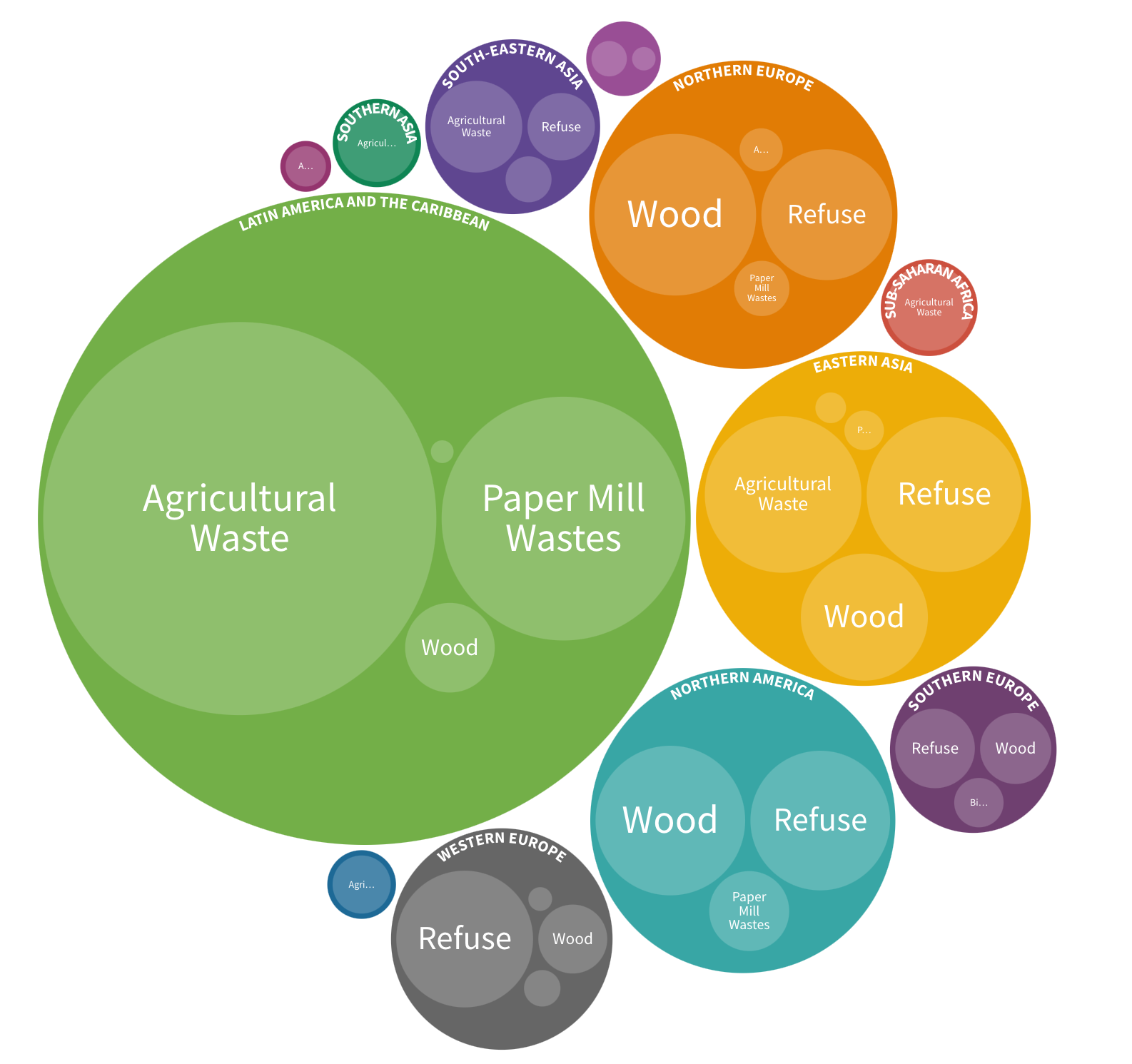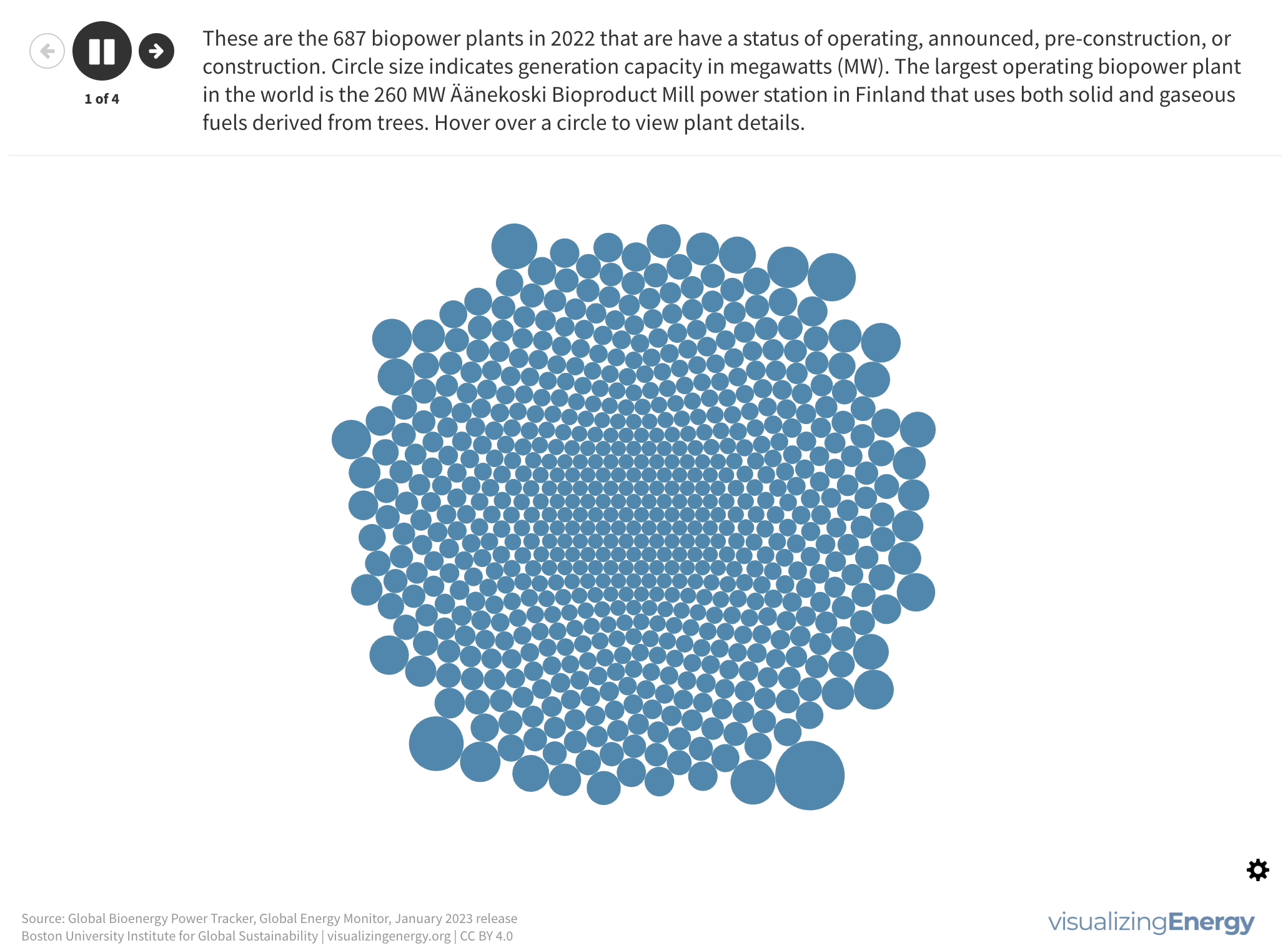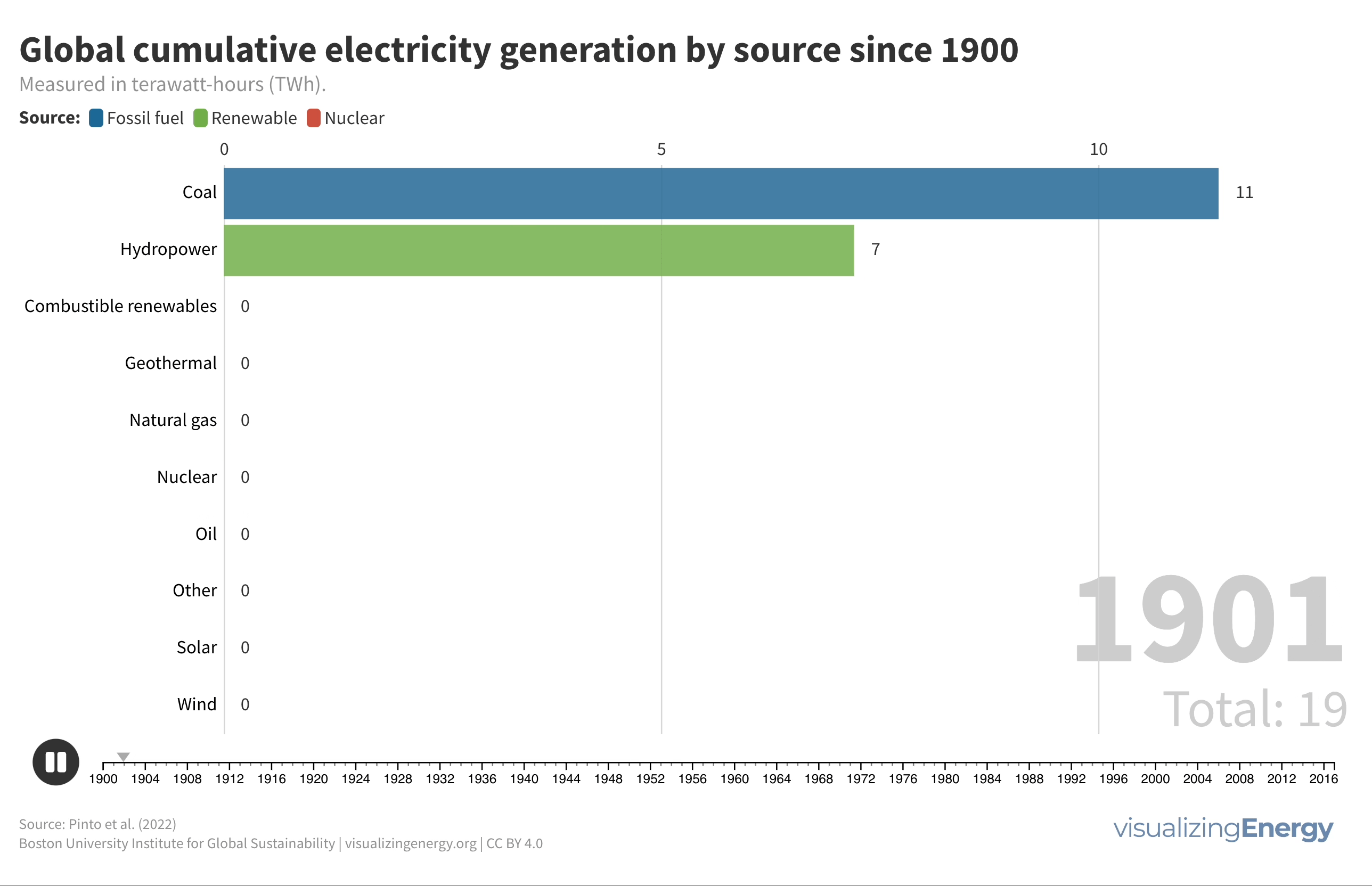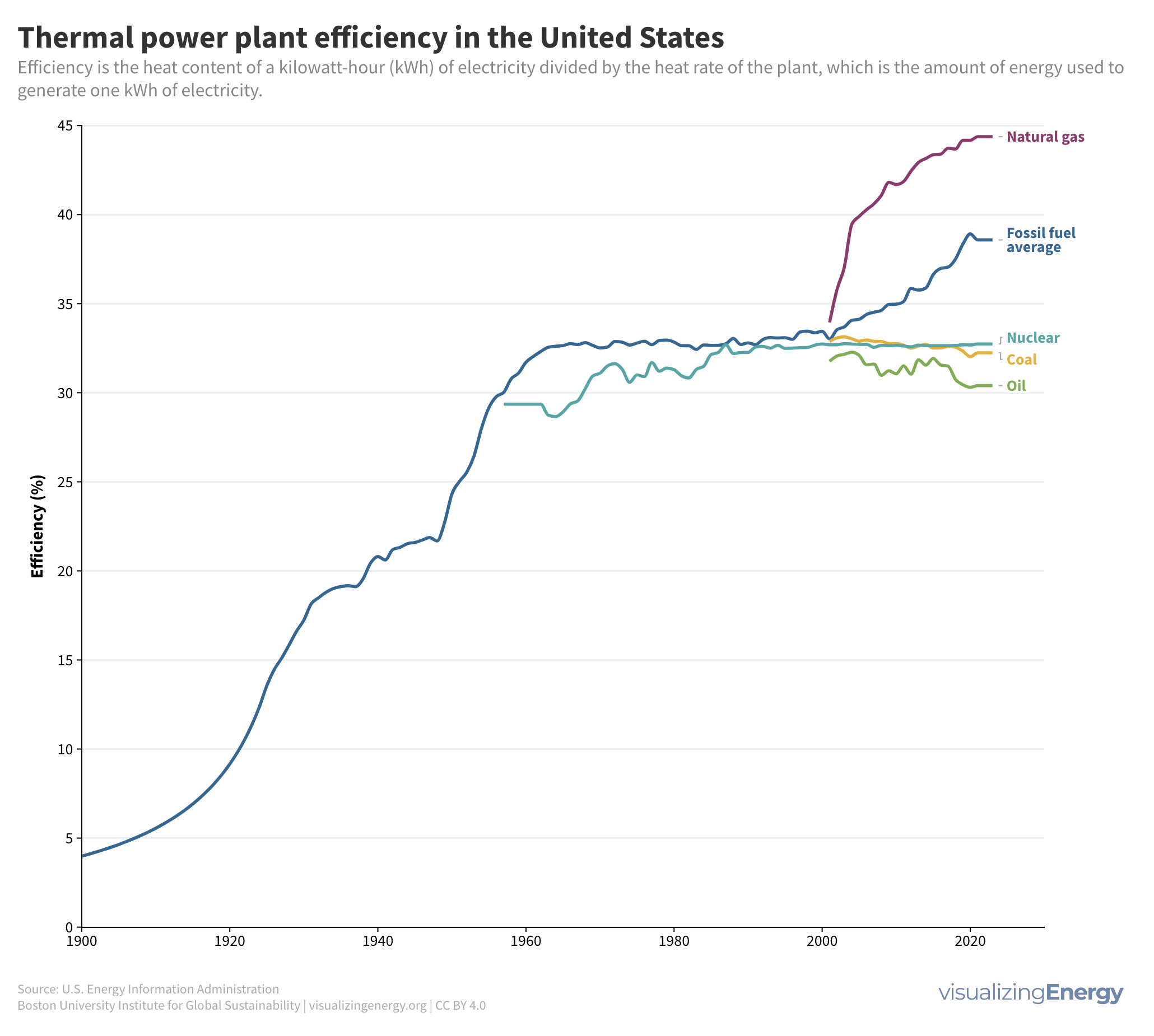
Where are new biopower plants being built?
Biopower is the production of electricity from biomass-derived fuels, with significant growth in Brazil due to sugarcane-based ethanol byproducts, while in certain regions like the United States, Germany, and the United Kingdom, waste-to-energy facilities are used due to land constraints and landfill opposition.


